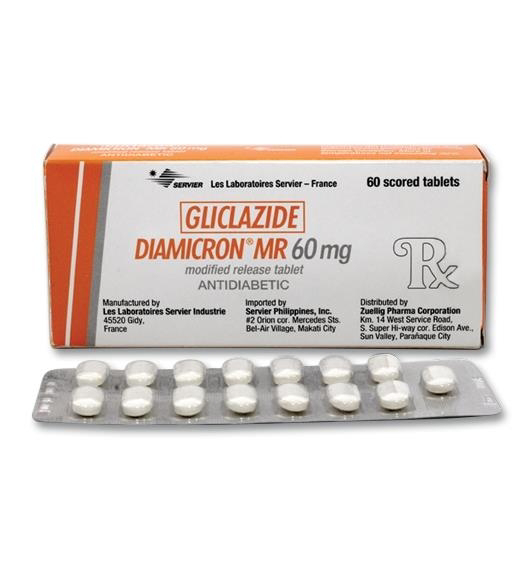How to Dilute?

How to Dilute? Dilution is an important aspect in pharmacy. Everybody knows how to dilute a concentrated solution to a less concentrated one, but not everyone knows how to dilute it to the EXACT concentration. Today, we'll share a bit of insight on dilution method of a solution. Before that, let us have a bit of examples on when will the dilution method be applied. In pharmacy services, some of the solution, or cream that we have were purchased in bulk or in concentrated form for their cost-effectiveness as well as ease of transportation. For example, benzyl benzoate emulsion (EBB) used in pediatrics. For children above 2 years of age up until 12, EBB 12.5% is recommended. In some facilities, you may also find EBB 6.25%, indicated for pediatric 6 months up to 2 years old. *Do note that 6.25% is not listed in BlueBook * In most of the facilities, we will be getting EBB 25%. So, further dilution is required to prepare an emulsion of 6.25%. Taking this as an example, th...




